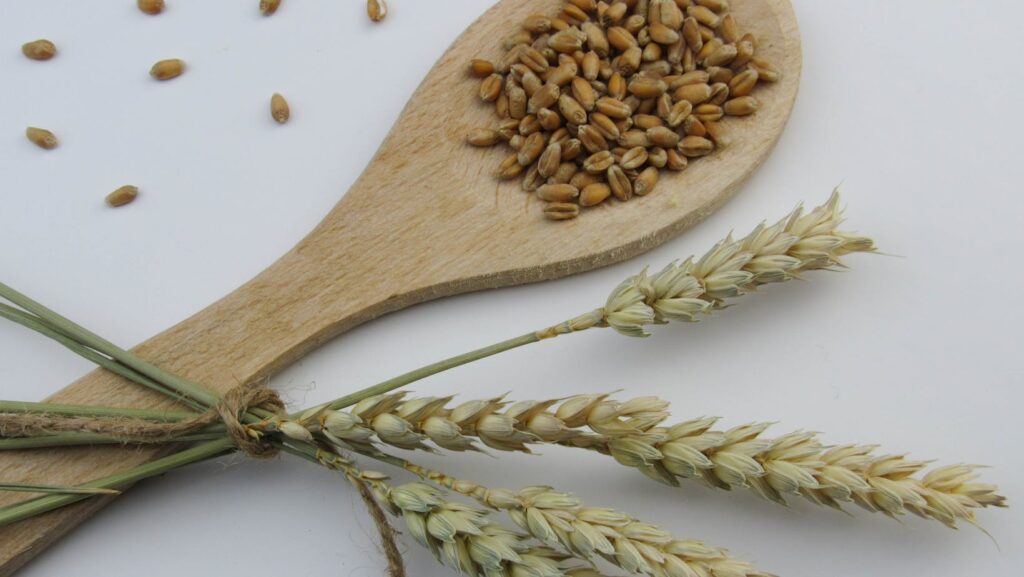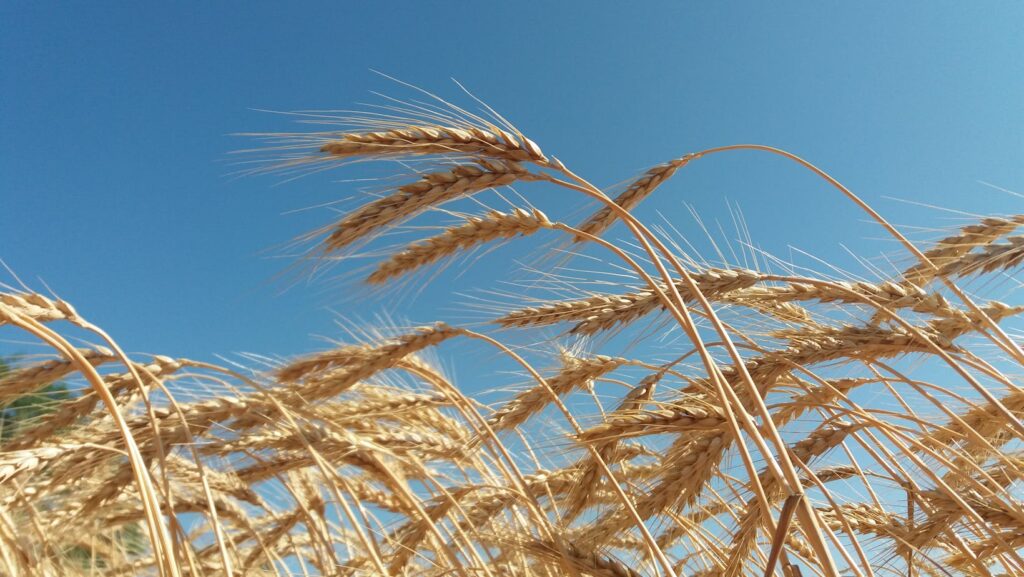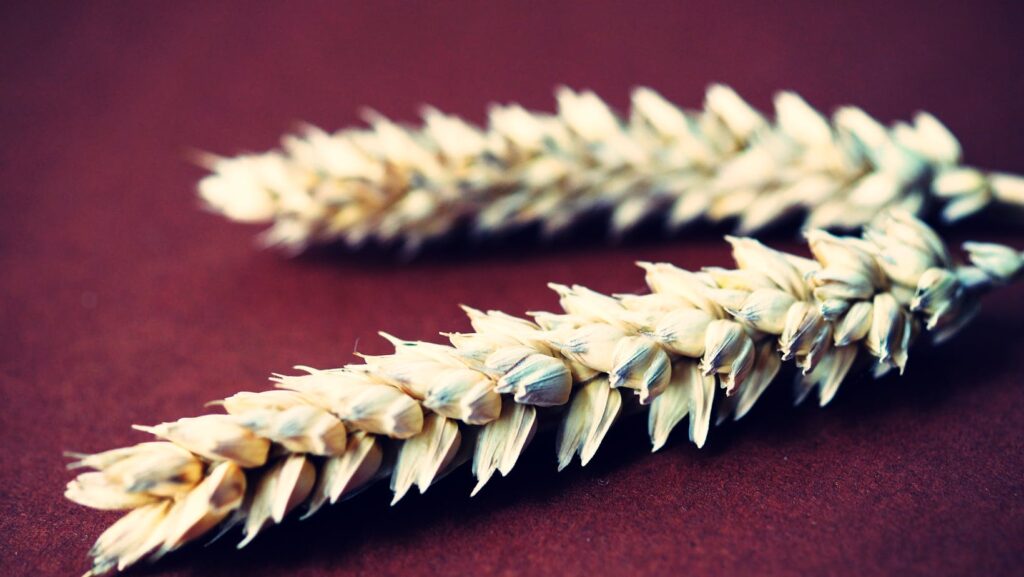Ever wondered how to transform humble barley into a culinary delight? You’re not alone. Barley, a versatile grain, has been a dietary staple for centuries, yet many home cooks are unsure of how to prepare it. This article will unravel the mystery, introducing you to general cooking techniques for barley that’ll elevate your dishes.

Benefits of Cooking Barley
Barley qualifies as a powerhouse of nutrients, offering diverse ways to incorporate it into your diet.
Nutritional Value
Opt for barley, load your meals with exceptional health benefits. This nutrient-dense grain lends a helping hand to the body in various ways.
- Fiber-wealthy, barley aids in smooth digestion, making it a key player for gut health. For instance, a cup of cooked pearled barley delivers around 6 grams of fiber.
- Packed with vitamins and minerals like niacin, thiamine, selenium, iron, and magnesium, barley brings an added nutritional punch.
- Protein-filled, barley can be an excellent power source for vegetarians and vegans. To illustrate, a cup of cooked barley has about 3.5 grams of protein.
Versatile Usage in Diet
Your diet can benefit from the versatility of barley.
- Soups and Stews Benefit: Simmer barley in your favorite soups and stews for a hearty texture and taste.
- Salad Booster: Toss cooked barley in your salads, enhancing nutrient value and introducing a chewy contrast.
- Baking-backed Substitute: Substitute barley flour in your recipes for a healthier alternative.
- Breakfast Upgrade: Cook barley porridge instead of oatmeal for a satisfying, nutrient-dense breakfast.
Remember, barley is not just a grain, but, importantly, a significant dietary supplement that can complement and elevate your daily meal plans.

General Cooking Techniques For Barley
Cooking barley requires little more than boiling water, making it a prime candidate for your culinary repertoire. But there’s much more to this versatile grain than meets the eye. Let’s explore some popular methods of preparing barley.
Boiling Barley
Boiling, the most frequently used method, proves ideal for preparing barley. First, rinse your barley under cold water to remove any impurities. Next, add one part barley to three parts boiling water or broth for flavor enhancement. Lower the heat, place a lid on your saucepan, and allow the simmering process to infuse the barley, generally taking about 40-50 minutes for pearled barley and 50-60 minutes for hulled barley. Remember, your barley’s ready when it’s tender to the bite.
Steaming Barley
Steaming’s another viable method, perfect for those who’d rather not babysit their stove. In this process, soak the barley in water for several hours, then spread it evenly in a steaming tray. Stack the tray above a pot of boiling water, cover, and steam for 45 minutes to an hour. Steamed barley maintains its firmness, making it a great addition to salads and dishes where a separate grain texture’s desired.
Using a Pressure Cooker
Favor speed and convenience? A pressure cooker considerably reduces the barley cooking time. Here, similar to boiling, you’ll need a three-to-one ratio of water or broth to barley. Securely close your pressure cooker and cook this mixture on high for about 18 minutes for pearled barley, and a little longer, around 20-22 minutes for hulled barley. Ensure to allow natural pressure release before opening the cooker safely. Pressure-cooked barley offers a quick, easy solution for adding a nutritional powerhouse to your meal plans.
Not Just Another Grain
It’s clear that barley isn’t just another grain; it’s a dietary powerhouse that can transform your meals. So why wait? It’s time to put your newfound knowledge to the test and start cooking with barley today. Remember, the key to mastering any cooking technique is practice. So, get in the kitchen and let barley be your new culinary adventure.
